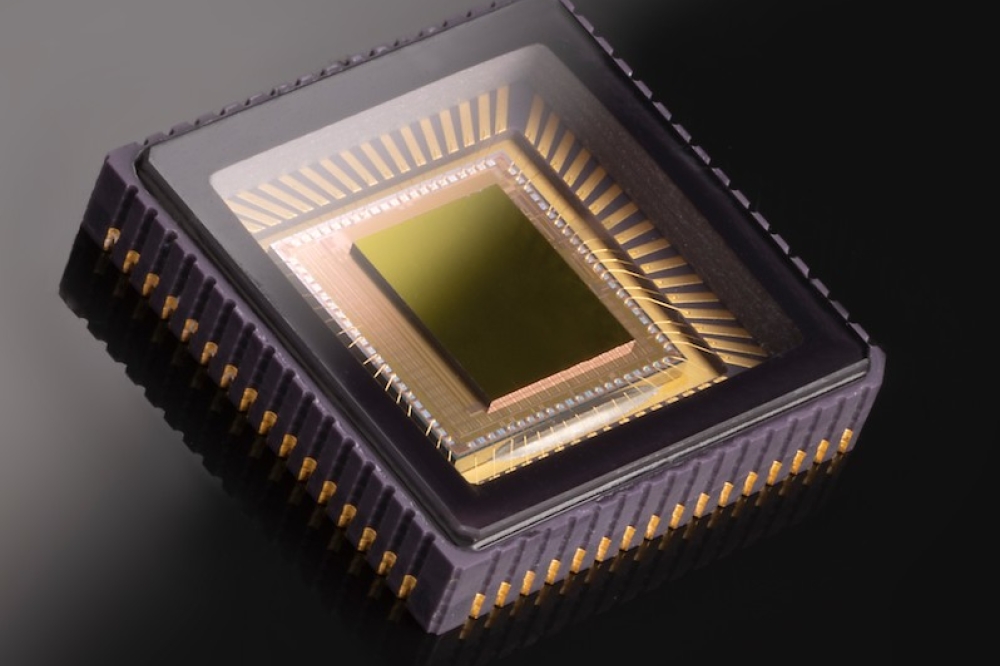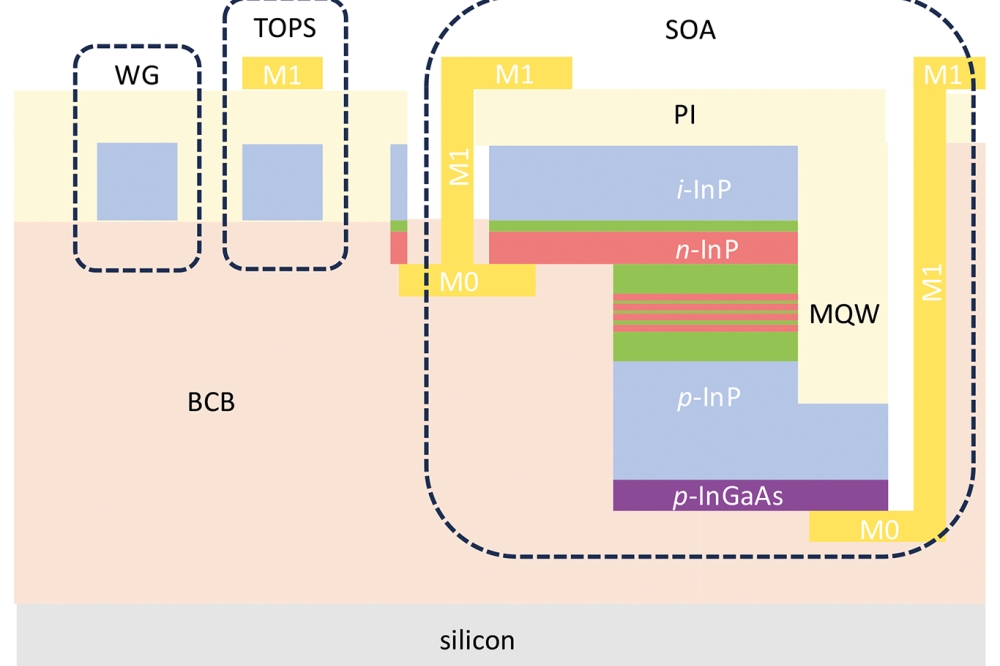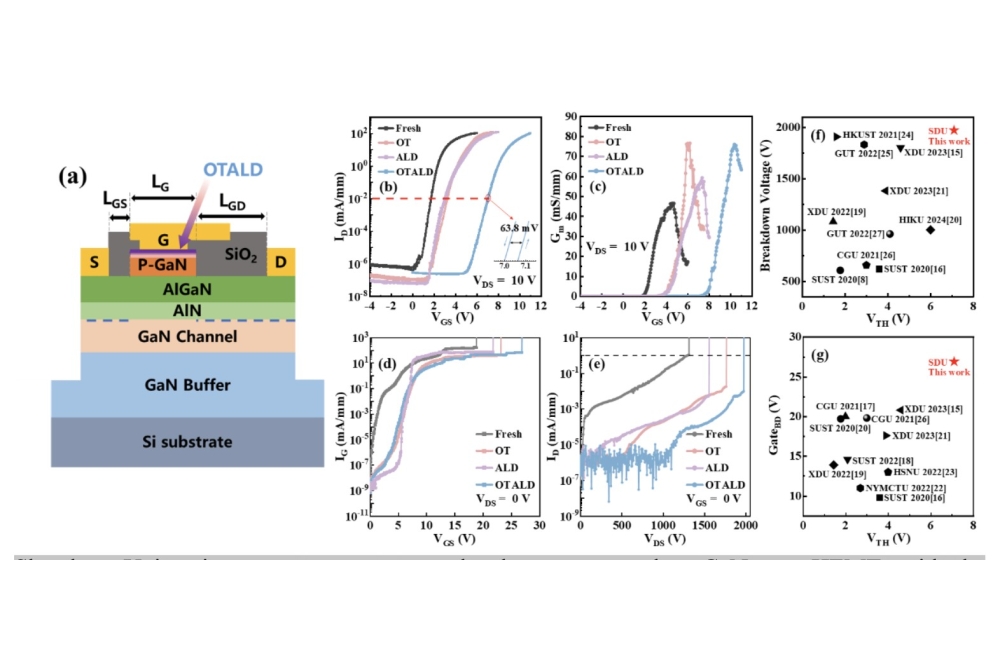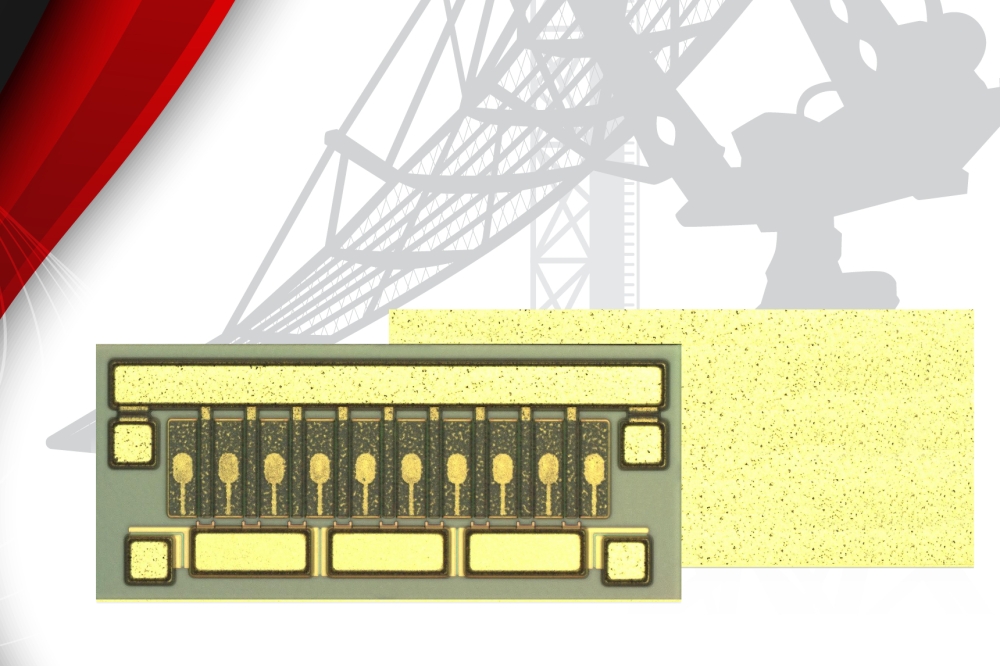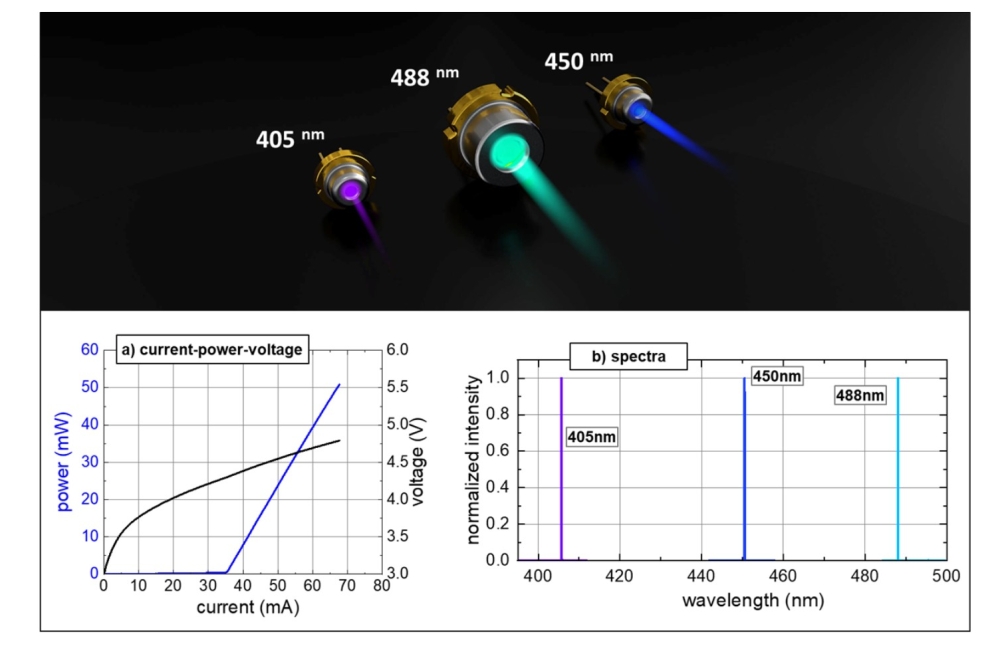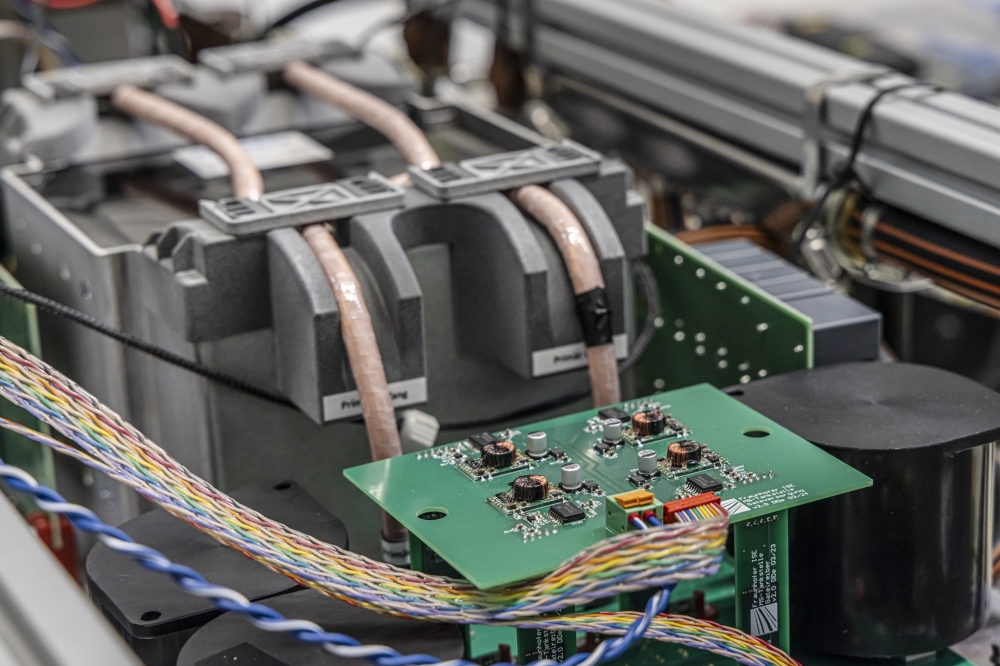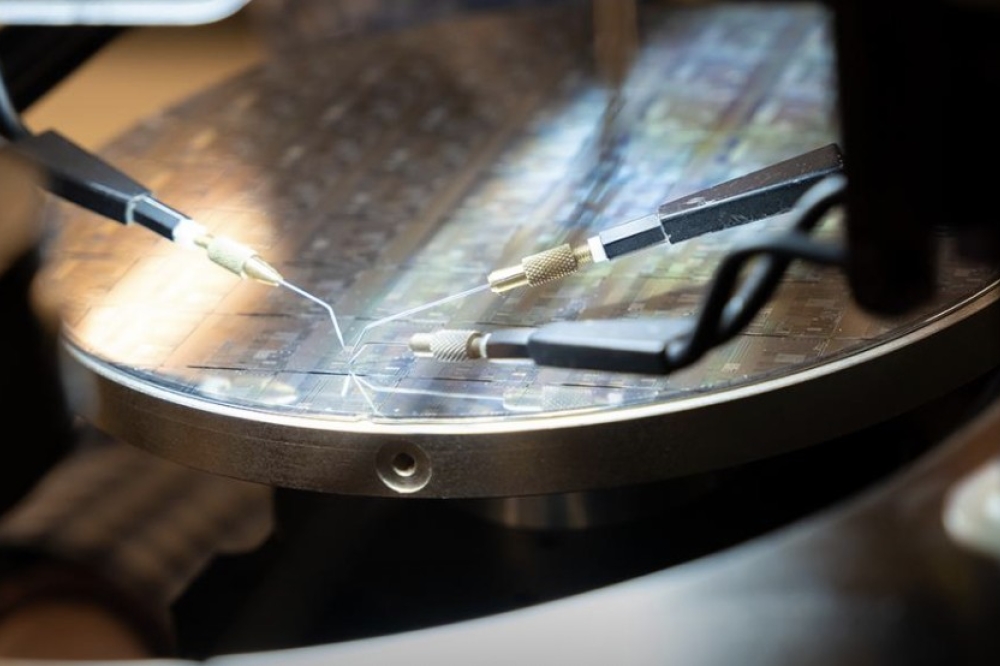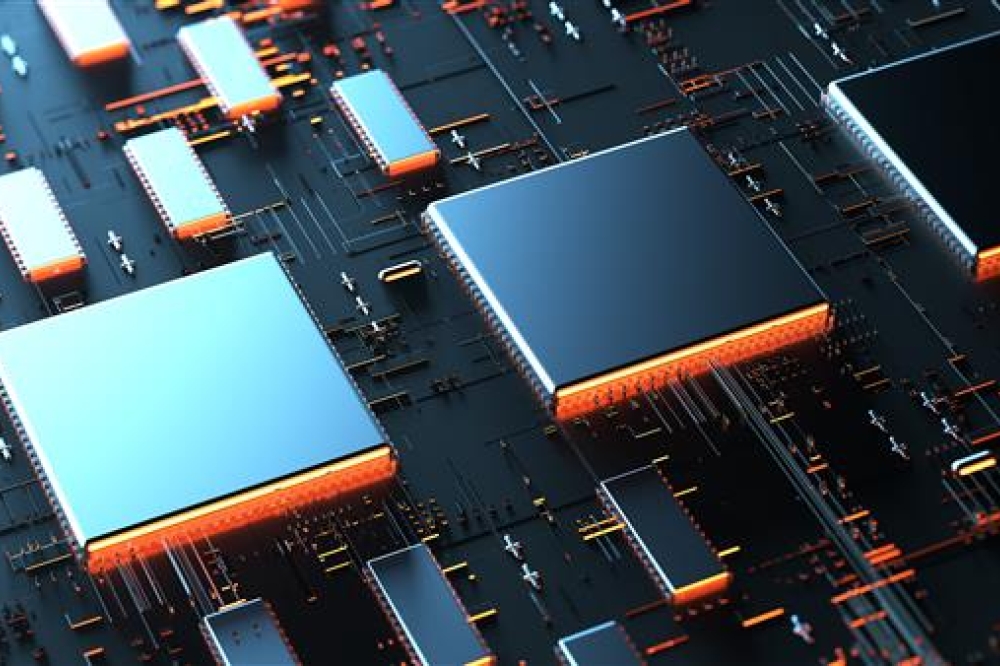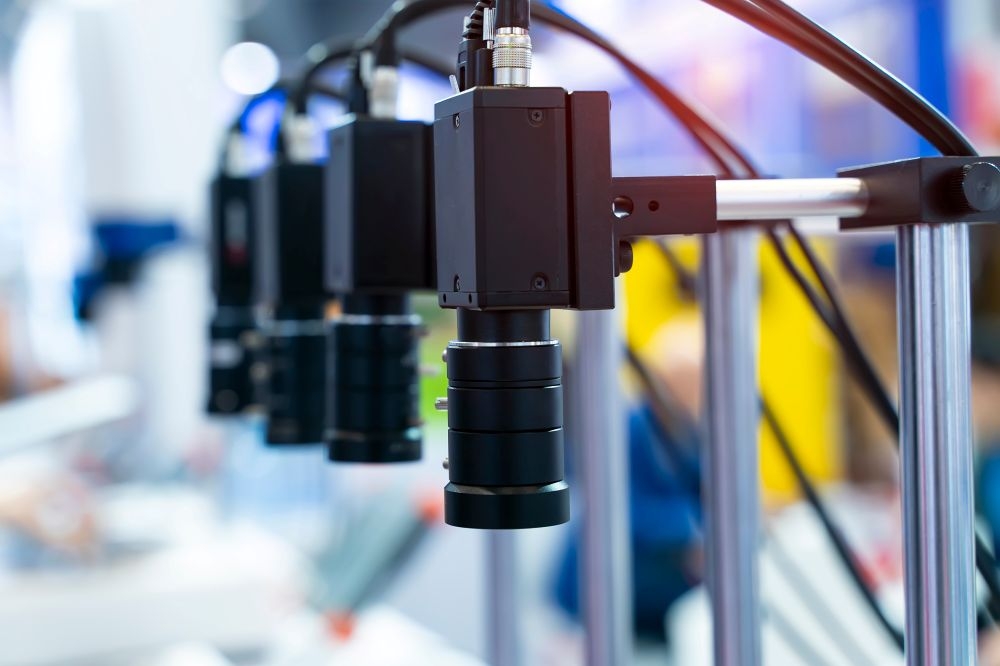Economical eco-friendly CIGSSe solar cells
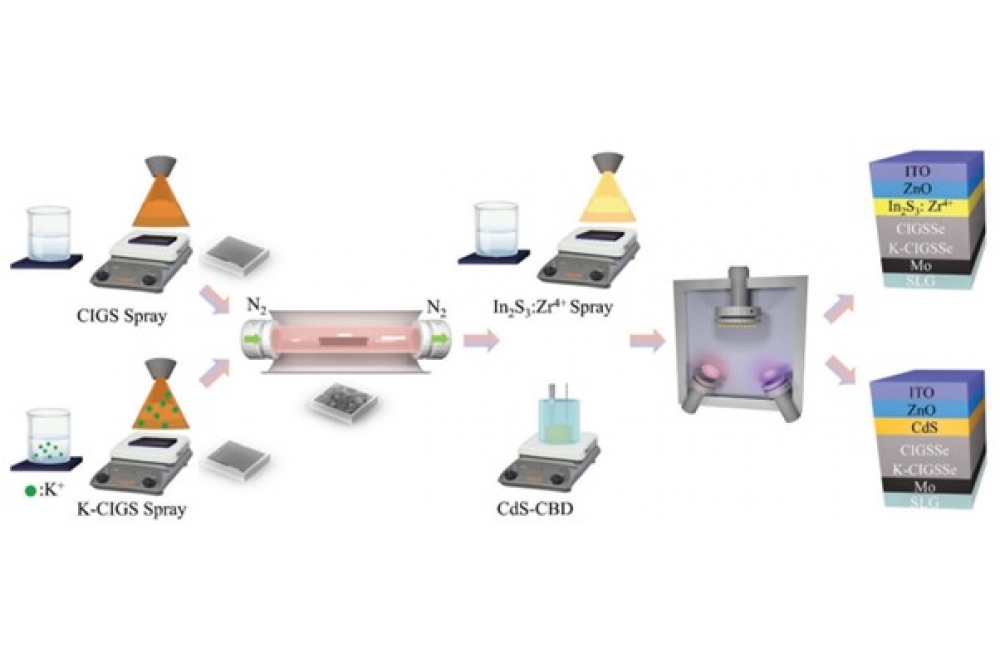
Researchers in Korea achieve high power conversion efficiency using aqueous spray deposition in air environment
The power conversion efficiency (PCE) of solution-processed copper indium gallium sulphur diselenide (CIGSSe) solar cells is significantly lower compared to that achieved by expensive, vacuum-based fabrication methods. Moreover, solution-based methods rely on solvents that are hazardous.
To this end, researchers at Incheon National University, Korea, have developed a cost-effective, eco-friendly fabrication technique using aqueous spray deposition in air environment that does not require vacuum. This novel approach yields a relatively high PCE of over 17 percent.
Clean, sustainable energy solutions are essential to meet the ever-increasing energy demands of the human population. High efficiency solar cells are promising candidates to reduce carbon emissions and achieve carbon neutrality.
In this regard, solution-processed CIGSSe solar cells have generated significant interest owing to their excellent photovoltaic properties, such as high absorption of visible light, stability, and tuneable bandgap. However, large scale, practical applications are limited by a two-fold challenge.
Firstly, solution-based CIGSSe fabrication yields very low power conversion efficiency and often uses solvents that are not environment-friendly. Secondly, to achieve higher power conversion efficiency, fabrication methods rely on expensive vacuum environment that leads to substantial material loss.
To this end, a team of researchers led byJunHo Kim from Global Energy Research Centre for Carbon Neutrality, Incheon National University, Korea have developed a low-cost and eco-friendly fabrication method of high efficiency CIGSSe solar cells.
In a study 'High Efficiency Aqueous Solution Sprayed CIGSSe Solar Cells: Effects of Zr4+-Alloyed In2S3 Buffer and K-Alloyed CIGSSe Absorber' published in volume 32 Issue 46 of Advanced Functional Materials (2022), the researchers used aqueous spray deposition in an air environment and developed a CIGSSe solar cell with power conversion efficiency (PCE) larger than 17 percent.
“For spray solution, we used deionized water, which is eco-friendly and cheapest solvent till date,” explains Kim. Moreover, conventional solution-based fabrication processes rely on environmentally hazardous, cadmium-based buffers for the optimisation of thin-film solar cells. In this novel technique, the researchers used indium sulphide-based buffer that is a cadmium free, eco-friendly alternative.
The researchers further investigated the alloying effects of zirconium on indium sulphide buffers. Remarkably, the team found that zirconium alloying increases the electron concentration in the buffer. Moreover, this method “passivates” or reduces defect states in the CIGSSe absorber, optimizing the charge transfer between various interfaces, leading to enhanced PCE. Further, the researchers achieved even more defect passivation and higher PCE, of more than 17 percent, by alloying the CIGSSe absorber with potassium. The fabricated cell has an optimum bandgap for high efficiency applications such as a bottom cell or a tandem cell.
This novel technique is cost-effective and easily scalable as it does not require a vacuum environment. As Kim observes, “We carried out spray deposition in an air environment without using any high vacuum facility, which significantly reduces fabrication cost and thus makes the fabrication technique more practical and competitive in the industry sector.”
This development simultaneously improves the performance and fabrication of CIGSSe solar cells. This will revolutionise the application of these cells in integrated photovoltaic devices and vehicle integrated photovoltaic devices, and as energy sources for internet of things devices.























